Skis are expensive due to the materials, technology, and production processes involved. Here's why:
- Materials: High-quality wood cores, fiberglass, carbon fiber, and steel edges ensure performance and durability.
- Manufacturing: Over 100 precise steps, advanced machinery, and skilled labor drive up costs.
- R&D: Leading brands like Rossignol and Atomic invest heavily in design and innovation.
Snowfeet offers a cheaper alternative with short skis priced at $140–$650. They use fiberglass-reinforced materials, work with regular boots, and are compact enough to fit in a backpack, making winter sports more accessible.
Quick Comparison
| Feature | Traditional Skis | Snowfeet Products |
|---|---|---|
| Price Range | $400–$1,000 | $140–$650 |
| Core Materials | Wood, metal, composites | Fiberglass-reinforced |
| Boots Needed | Specialized ski boots | Regular winter boots |
| Portability | Bulky, requires transport | Compact, fits in backpack |
| Manufacturing | Complex, multi-step process | Simplified, efficient |
Choose traditional skis for high-speed, resort-specific performance. Opt for Snowfeet if you want affordability, portability, and versatility across terrains.
Understanding Ski Construction, Buying Skis like a Pro
1. Standard Ski Equipment
The design and production of traditional skis play a big role in their higher price tags.
Materials and Construction
Traditional skis are built with a layered structure. At the center is a laminated wood core, often made from beech, birch, or aspen. This core influences the ski's flexibility and ability to absorb vibrations. Surrounding the core are composite layers that boost strength and protect the inner materials. Here's a breakdown of the main components:
| Component | Material | Role in Performance |
|---|---|---|
| Core | Wood (Beech, Birch, Aspen) | Provides flex, responsiveness, and vibration control |
| Composite Layers | Fiberglass, Carbon Fiber | Adds strength and stiffness |
| Base | Sintered P-Tex | Enhances glide and durability |
| Edges | Hardened Steel | Improves grip and control |
| Topsheet | Various Polymers | Shields the ski and supports graphics |
This complex structure requires precise craftsmanship to ensure quality and performance.
Manufacturing Processes
Making traditional skis is no simple task - it involves more than 100 steps and numerous components [1]. Leading brands like Rossignol and Atomic rely on specialized layering techniques, combining skilled labor with advanced machinery. This attention to detail is one reason why high-performance skis come at a premium.
Performance Features
The meticulous production process results in skis with advanced features. Durable full-wrap edges improve control, while sintered bases provide better speed and wear resistance. High-end models often include carbon fiber or Titanal reinforcements, offering the perfect mix of stiffness and reduced weight.
Price Breakdown
The cost of traditional skis reflects a mix of factors. High-grade materials, such as premium woods and cutting-edge composites, form the foundation. Add to that the intricate manufacturing process, research and development, strict quality checks, and brand marketing, and it's clear why these skis command higher prices.
2. Snowfeet Product Line
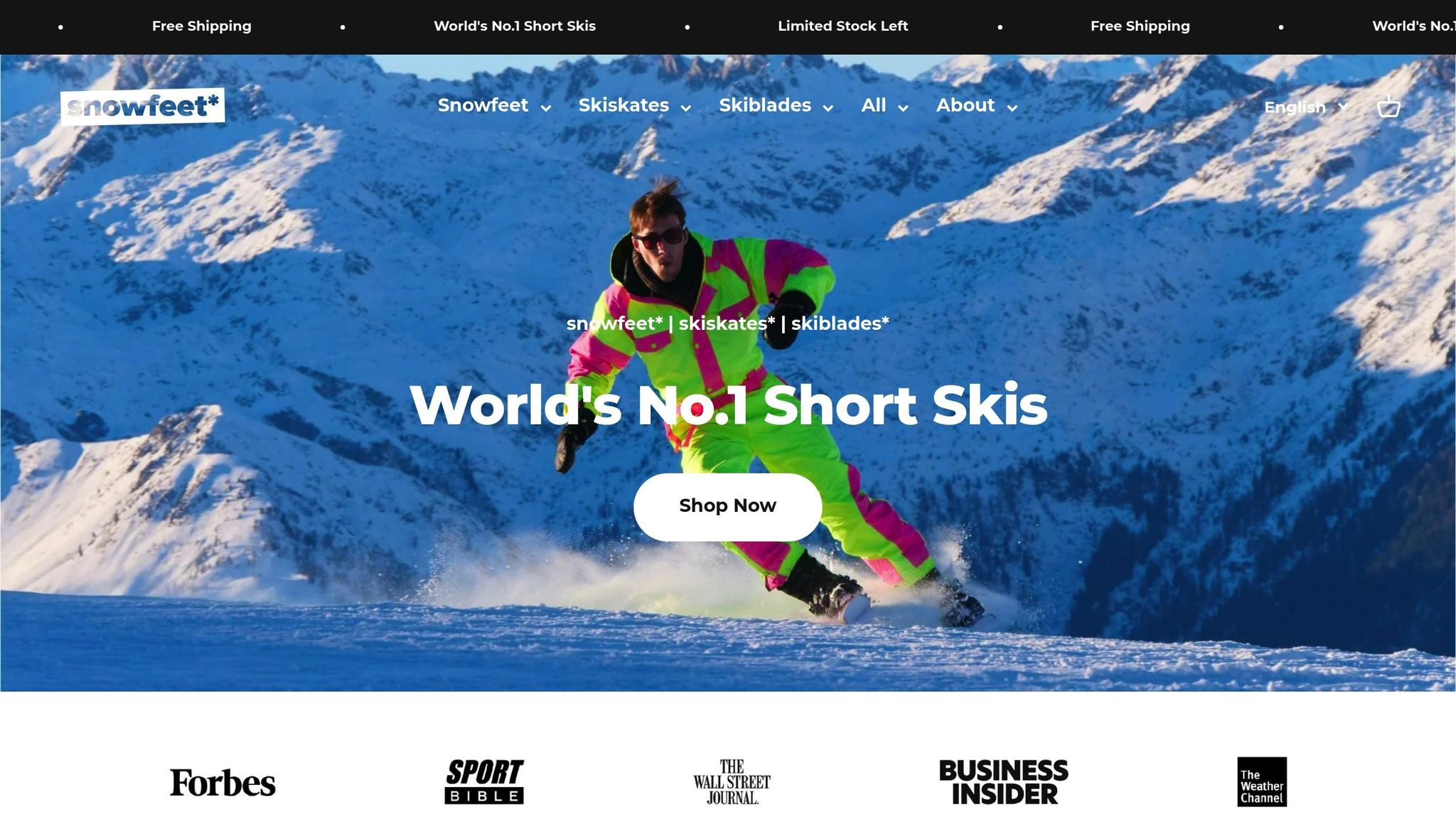
Snowfeet products combine clever design and efficient production to offer high performance without the hefty price tag often associated with traditional skis.
Materials and Construction
Snowfeet uses proven materials from traditional ski manufacturing but adjusts the process to keep costs manageable without sacrificing quality. Here's what goes into their products:
| Component | Material | Purpose |
|---|---|---|
| Core | Sustainable Wood | Provides stability and controlled flexibility |
| Reinforcement | Fiberglass | Adds strength while keeping the weight low |
| Base | Sintered Graphite | Ensures smooth gliding and durability |
| Edges | Metal | Offers precision control and grip |
| Surface | Protective Topsheet | Shields against wear and weather |
Manufacturing Processes
Each Snowfeet product is handcrafted in the Czech Republic using a cap construction method. This approach ensures quality while keeping production efficient, resulting in gear that's both affordable and high-performing across various terrains.
Performance Features
Snowfeet products are packed with features to maximize usability and fun:
- Compact Design: Small enough to fit in a backpack, making them easy to carry.
- Versatile Binding System: Works with regular winter shoes or snowboard boots.
- Enhanced Maneuverability: Shorter lengths allow for quick turns and creative tricks.
- Terrain Adaptability: Perfect for slopes, parks, or even hiking trails.
"In my opinion, Skiskates is the best product for slopes we developed so far. I love how easy they are to ski and skate and how many different kinds of tricks I can perform without much effort and almost no restrictions." - Zbyněk, Snowfeet* founder
Price Breakdown
Snowfeet offers a variety of models at competitive prices, reflecting their efficient production and premium materials:
- Mini Ski Skates (38 cm): Starting at $140
- Skiskates (44 cm): Starting at $330
- Skiblades (65 cm): Starting at $400
- Advanced Models (99–120 cm): Priced between $450 and $650
These prices include high-quality materials and eliminate the need for expensive ski boots, making them a practical choice for winter sports enthusiasts.
sbb-itb-17ade95
Direct Comparison
Here's a closer look at how Snowfeet stacks up against traditional ski setups.
Cost Analysis
| Feature | Traditional Ski Setup | Snowfeet Products |
|---|---|---|
| Initial Investment | $700–$1,299 (complete setup) | $140–$650 |
| Boots | $199–$800 | Regular winter boots or snowboard boots |
| Binding Cost | Additional $90–$800 | Included in the price |
| Portability | Requires a ski rack or large bag | Fits in a backpack |
| Maintenance | Regular tuning and waxing | Basic maintenance |
Material and Construction Comparison
Traditional ski setups come with higher production costs due to:
-
Production Requirements
They involve custom molds, larger amounts of materials, and multi-site production processes, all of which add to the expense. -
Manufacturing Scale
Ski production often spans multiple facilities and demands strict quality controls along with extensive research and development efforts.
Value Considerations
-
Traditional Ski Packages
A complete Rossignol setup (skis, boots, and bindings) can cost just over $1,000 [3]. On top of that, you'll need extra storage space and specialized transport options. -
Snowfeet Alternative
Starting at $140 for the Mini Ski Skates, Snowfeet offers a more compact and versatile way to enjoy winter sports without the hefty price tag or bulky gear.
Seasonal Price Impact
Traditional ski gear prices often drop during end-of-season or off-season sales, offering opportunities for savings [2]. Snowfeet, on the other hand, keeps its pricing steady year-round. This consistent pricing eliminates the need to wait for sales, making it a straightforward and accessible option for buyers.
Conclusion
Traditional skis shine in resort settings, while Snowfeet products provide a cost-effective and flexible alternative. As shown in our analysis, traditional skis are ideal for high-speed runs and require specific gear and regular upkeep.
The higher price of traditional skis comes from their advanced materials and precise manufacturing. On the other hand, Snowfeet’s compact design offers an affordable and accessible option. Products like the 65 cm Skiblades and Snowfeet PRO receive user ratings of 4.9–5.0, highlighting their practicality and performance.
"With these little skis, you feel much more agile, faster, and above all – comfortable. No buckles, no heavy boots – just strap in and go." - Jakub F., Snowfeet user
Here’s how to decide based on your winter sports preferences:
For Resort Enthusiasts:
- Opt for traditional skis if you prioritize speed and resort-specific performance.
- Shop during end-of-season sales to save on costs.
- Plan for storage and transport solutions to protect your gear.
For Multi-Terrain Adventurers:
- Go with Snowfeet products for their adaptability across various terrains.
- Start with shorter models to improve control and ease of use.
- Pair them with regular winter boots or snowboard boots for convenience.
Both options incorporate advanced design and craftsmanship. However, Snowfeet stands out by offering a blend of affordability, ease of use, and performance that appeals to a wide range of winter sports fans.
FAQs
What’s the difference in performance between traditional skis and Snowfeet products?
The key difference in performance between traditional skis and Snowfeet products lies in their length and design. Snowfeet products are shorter, making them highly maneuverable and easy to control, which is perfect for beginners or those who enjoy a playful, agile skiing experience. In contrast, traditional skis, like those from brands such as Rossignol or Atomic, are longer and provide greater stability at higher speeds and better grip on icy slopes.
For recreational skiing, many people prefer short skis like Snowfeet because they are lightweight, easier to learn on, and more versatile for different terrain. Traditional skis, however, remain a better choice for advanced skiers seeking maximum performance on steep or challenging runs. The choice ultimately depends on your skill level and personal skiing style.
Why are traditional skis more expensive than Snowfeet?
Traditional skis are often more expensive due to the complex manufacturing processes and premium materials involved. These skis typically feature multiple layers, including a wood core, metal reinforcements, composite layers, and high-performance bases. Each component is carefully engineered to optimize durability, precision, and performance on the slopes.
Additionally, producing traditional skis requires specialized molds for various lengths and widths, which increases production costs. Research and development efforts by major brands like Rossignol, Atomic, and Head also play a significant role in driving up prices, as they constantly innovate to improve ski technology. In contrast, Snowfeet products are designed to be more affordable, compact, and versatile without sacrificing fun and performance, making them a great alternative for winter sports enthusiasts.
Are Snowfeet products versatile enough for all types of winter terrains, and how do they compare to traditional skis?
Snowfeet products, like Skiskates and Skiboards, are designed for versatility across various winter terrains, including slopes, snowparks, hiking trails, and even local hills. Their compact size and lightweight design make them easier to maneuver and control compared to traditional skis, making them an excellent option for beginners and those seeking a more playful experience on the snow.
Unlike traditional skis from brands like Rossignol or Atomic, Snowfeet products are shorter, with Skiskates measuring just 44 cm. This unique design allows for a combination of skiing and skating, enabling users to perform jumps, navigate tight spaces, and enjoy a more dynamic ride. Whether you're exploring groomed trails or tackling small hills, Snowfeet offers a fun and flexible alternative to conventional skiing equipment.

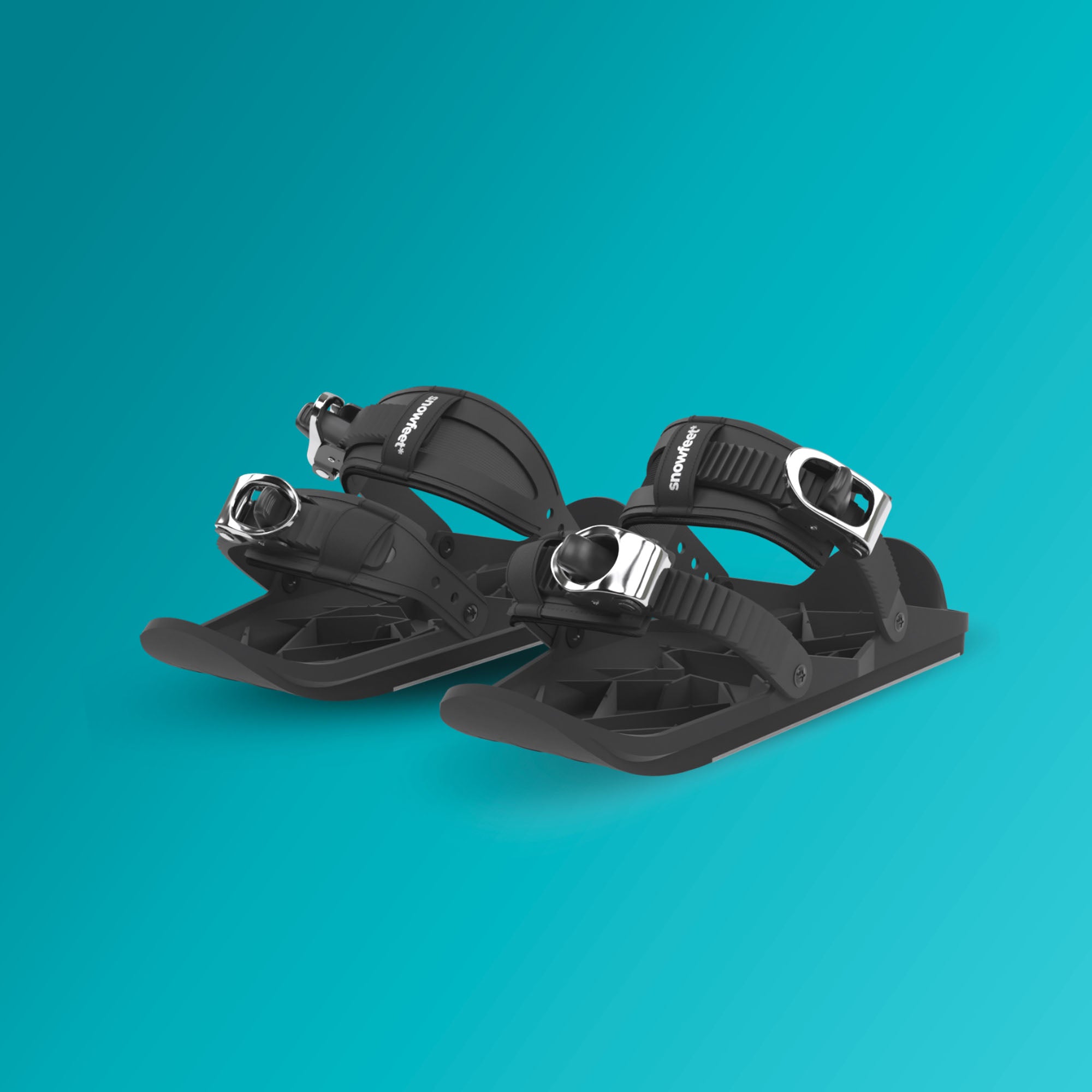


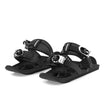
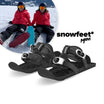

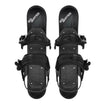


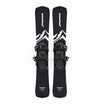
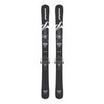
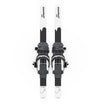
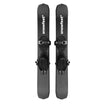
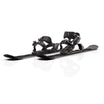
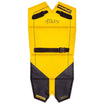

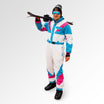
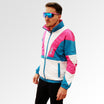
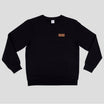
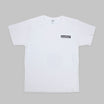
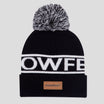
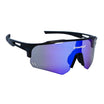
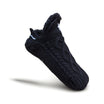
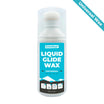
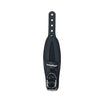
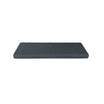
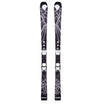



![Ultimate Guide to Park Skis [2025]: Choosing Your Setup](http://www.snowfeetstore.com/cdn/shop/articles/PARK_SKIS_THUMB_eece3de6-212d-444c-8645-bcc8eb900eb3.jpg?v=1746780968&width=1536)
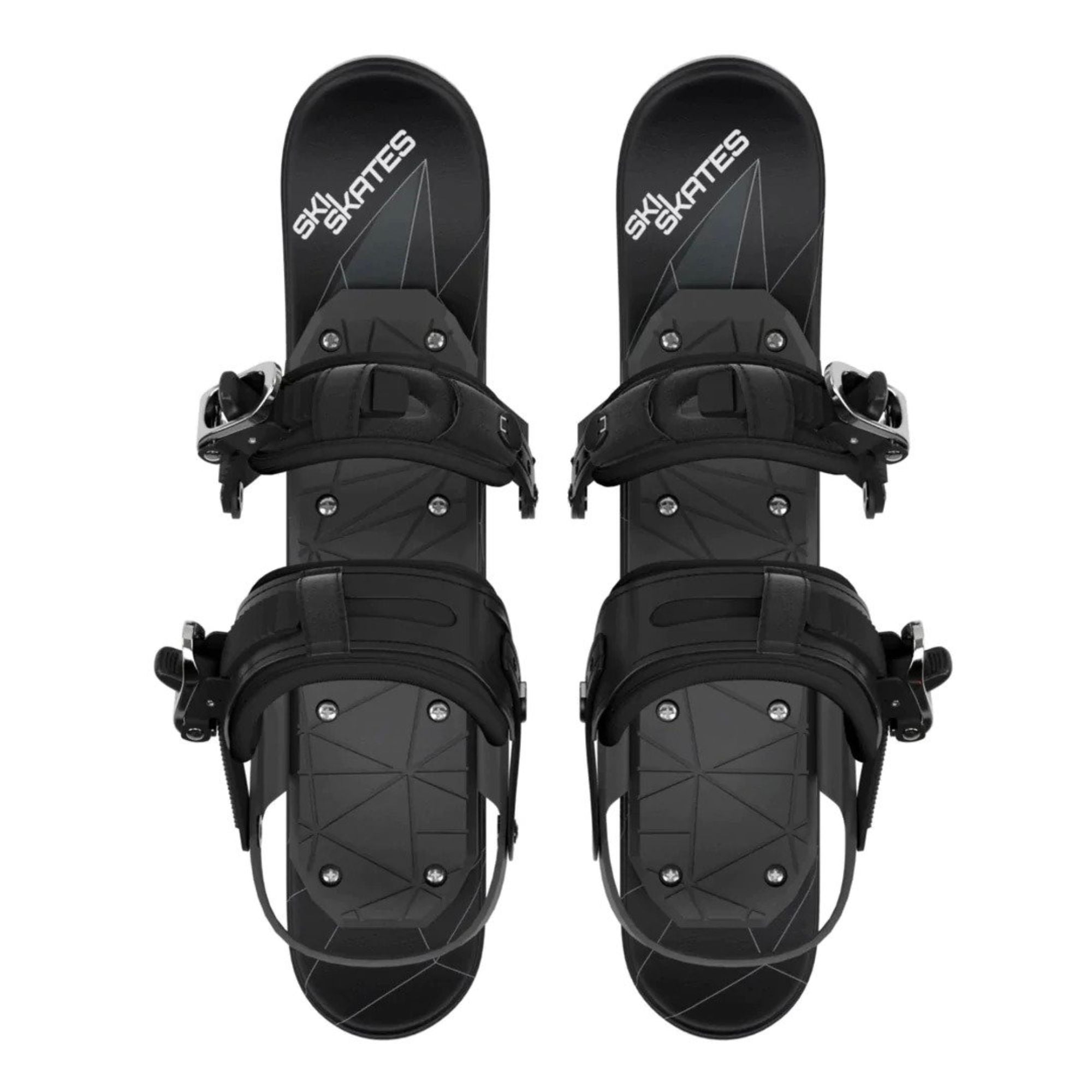
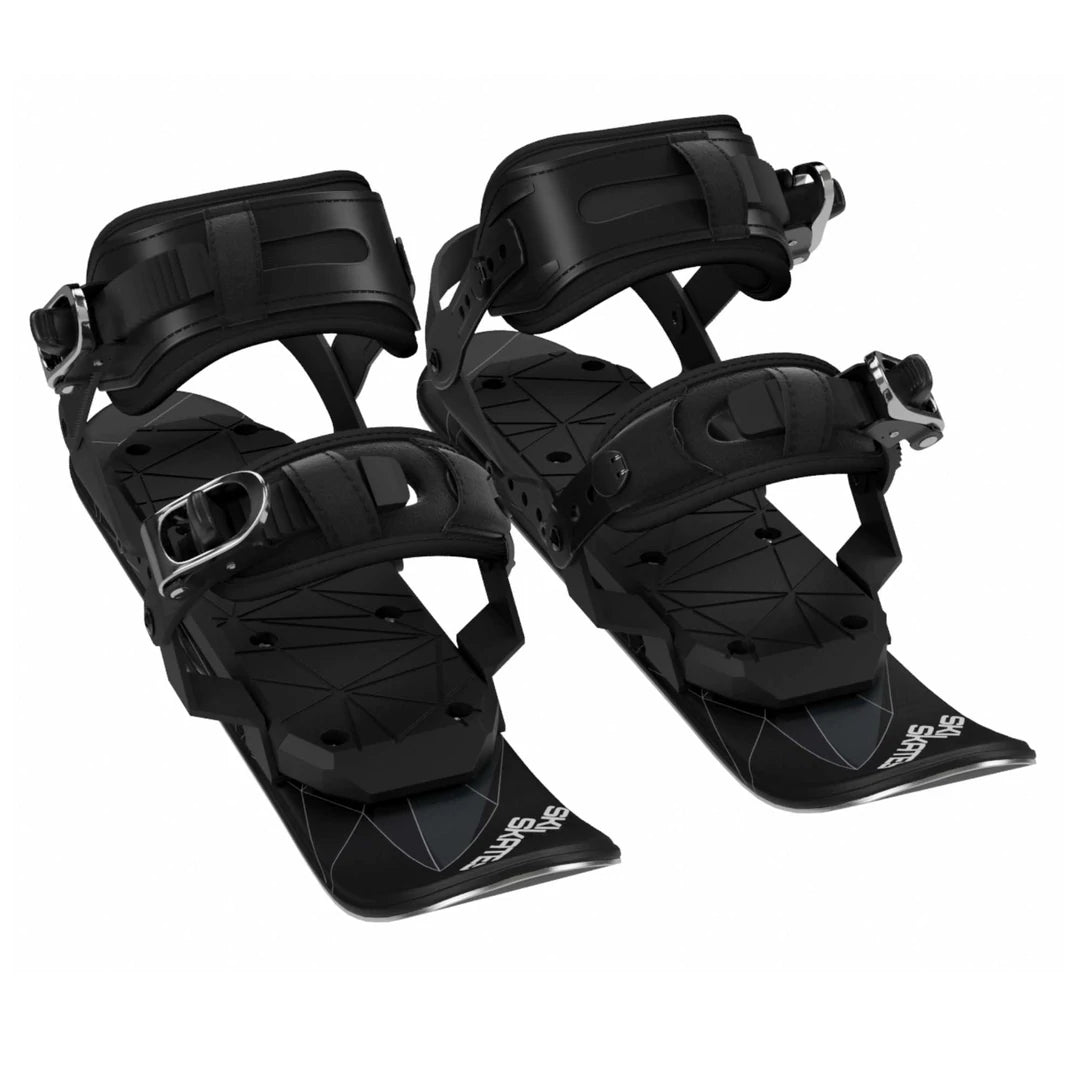
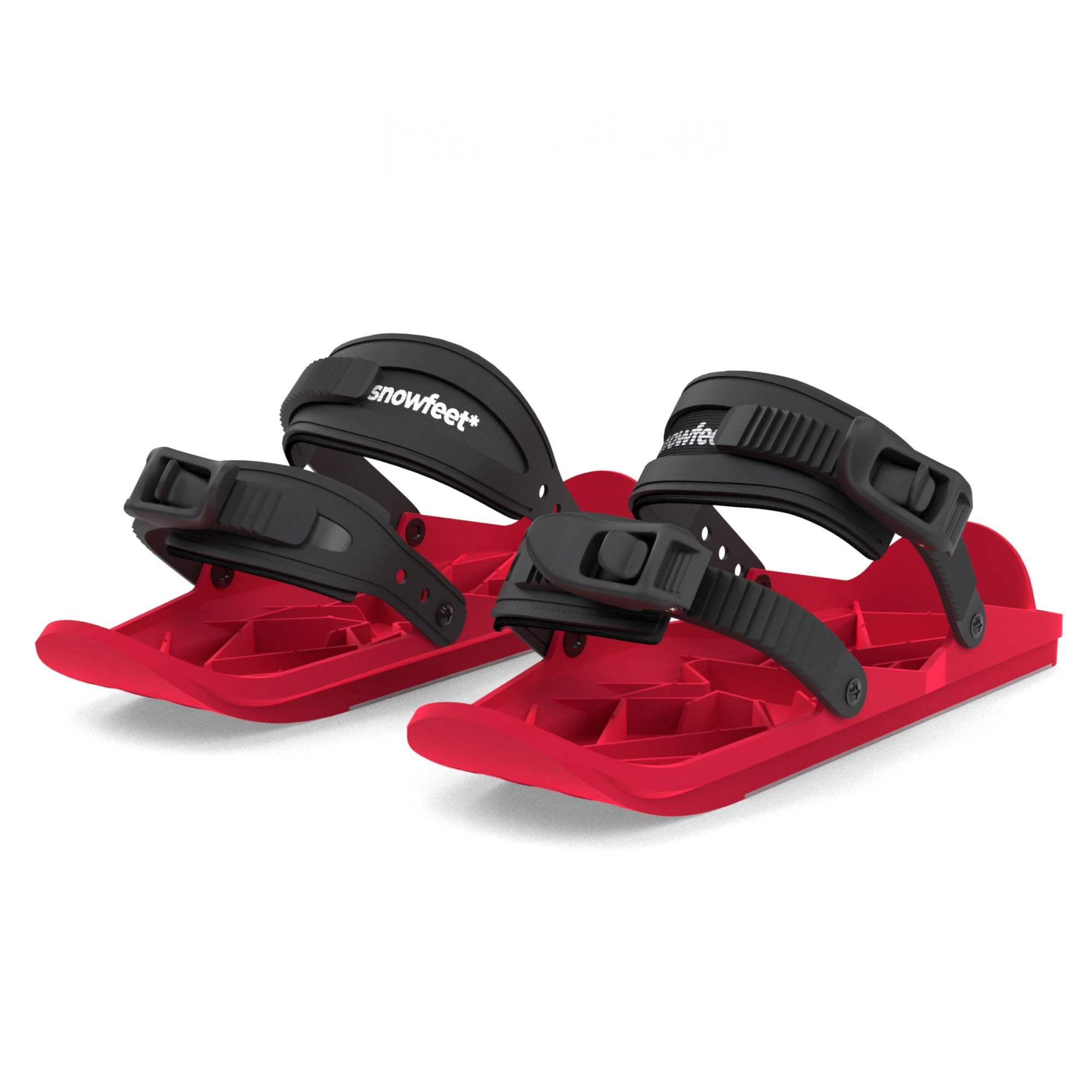
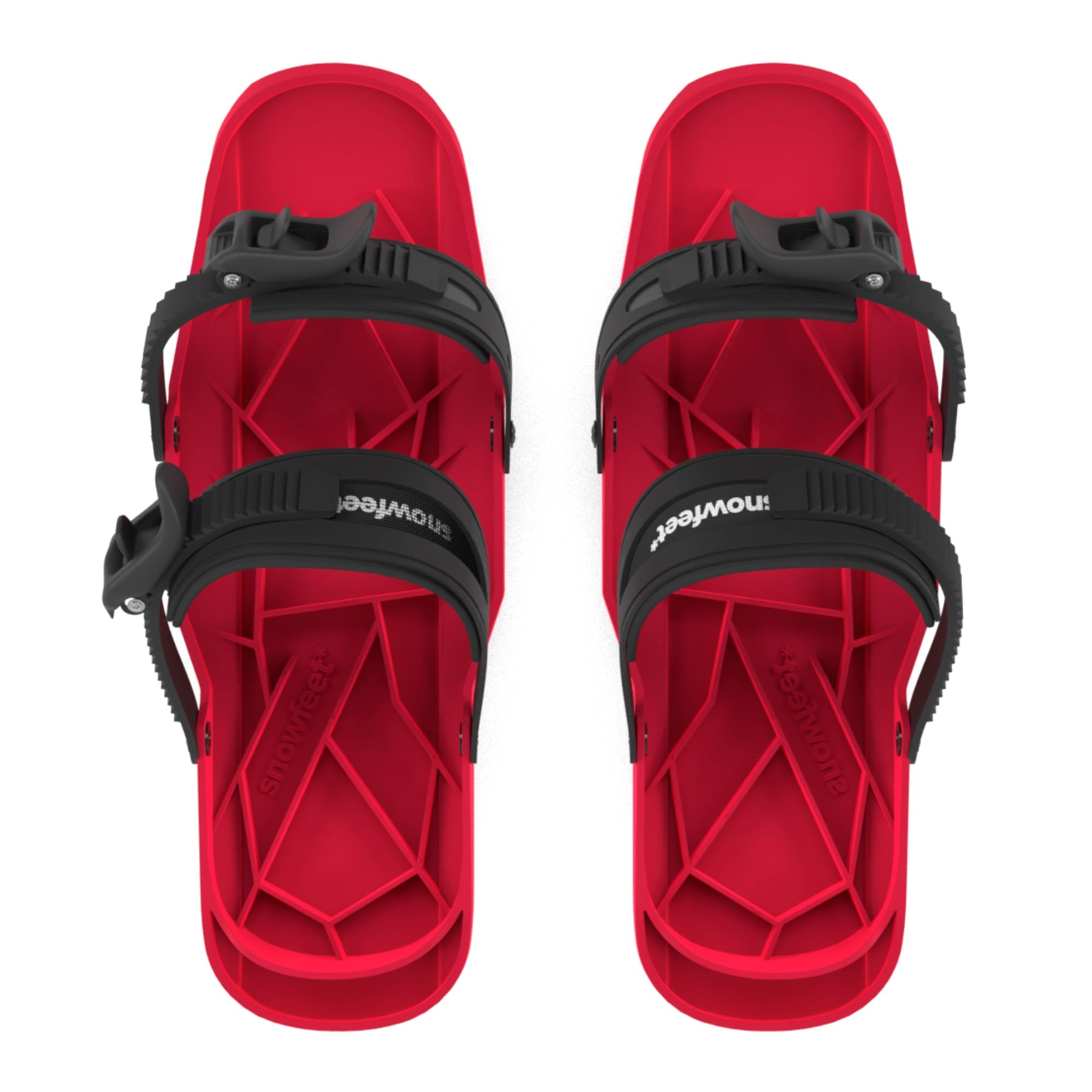




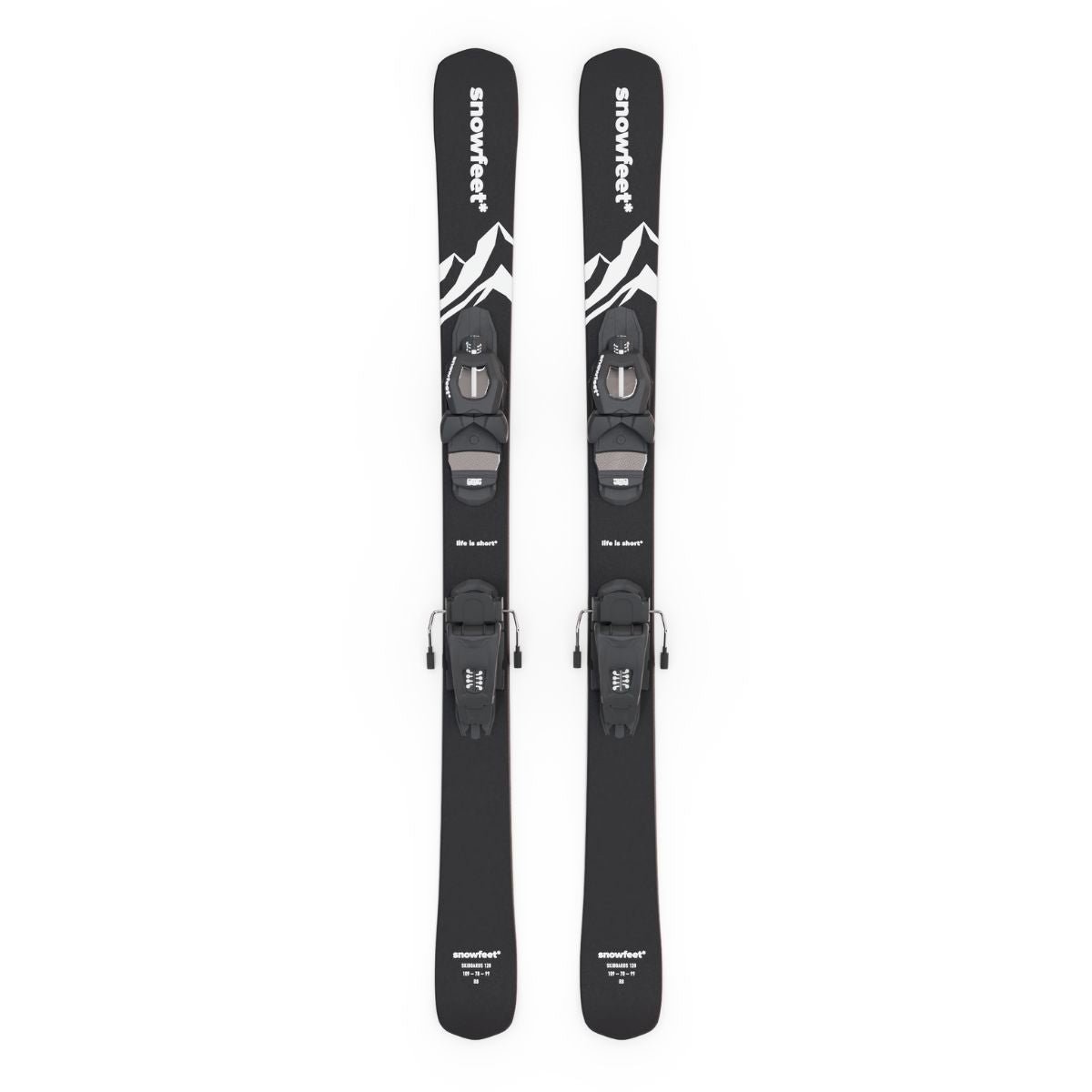
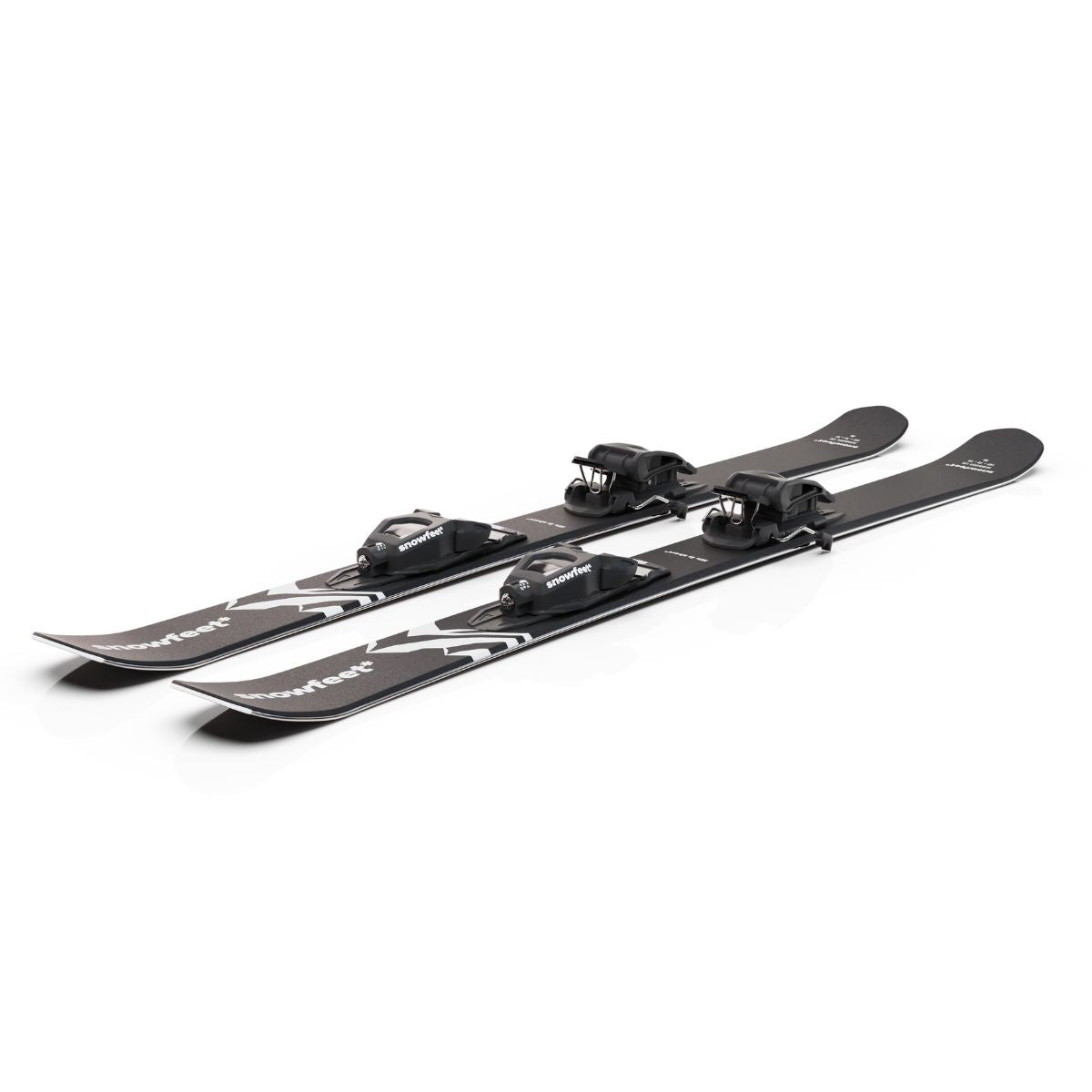
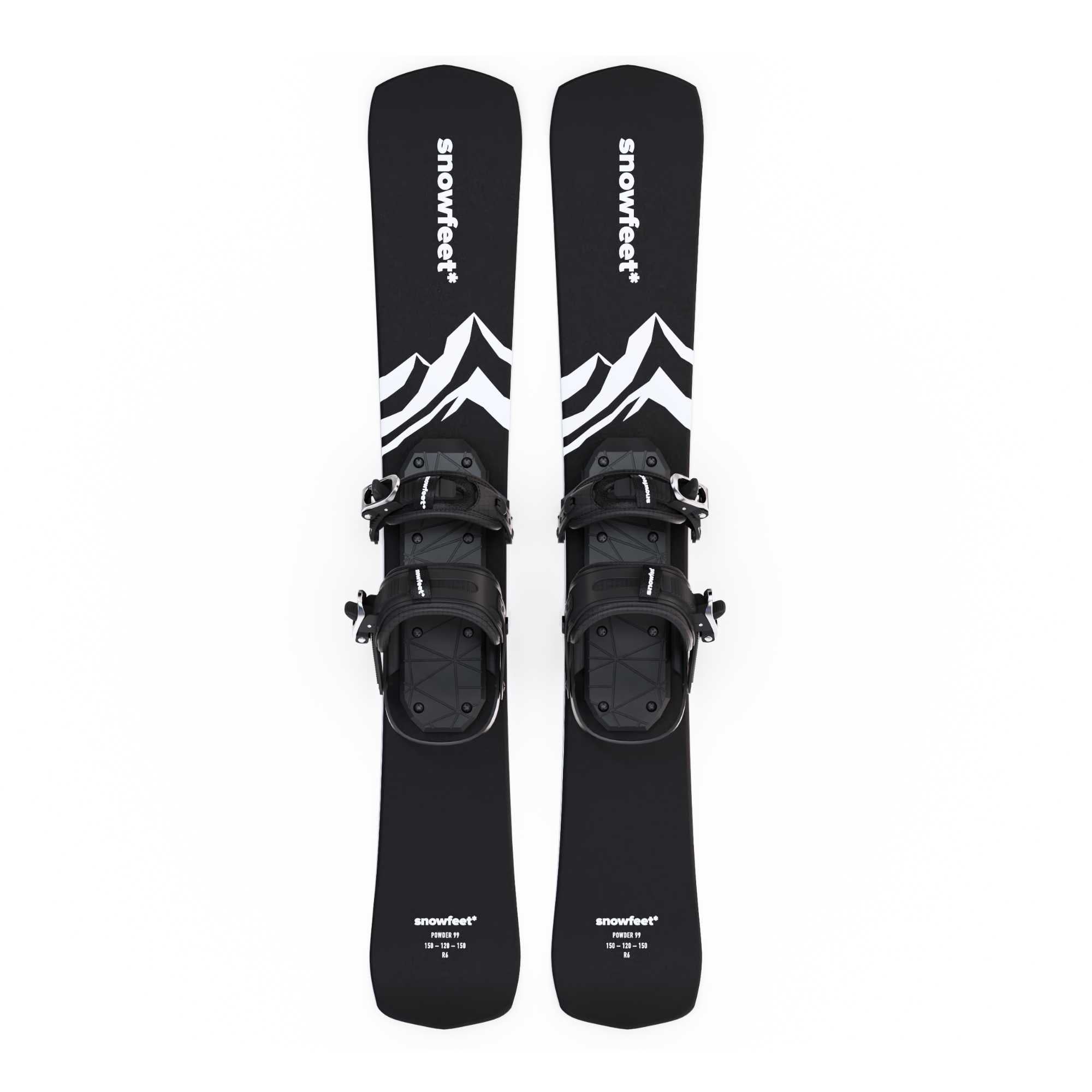
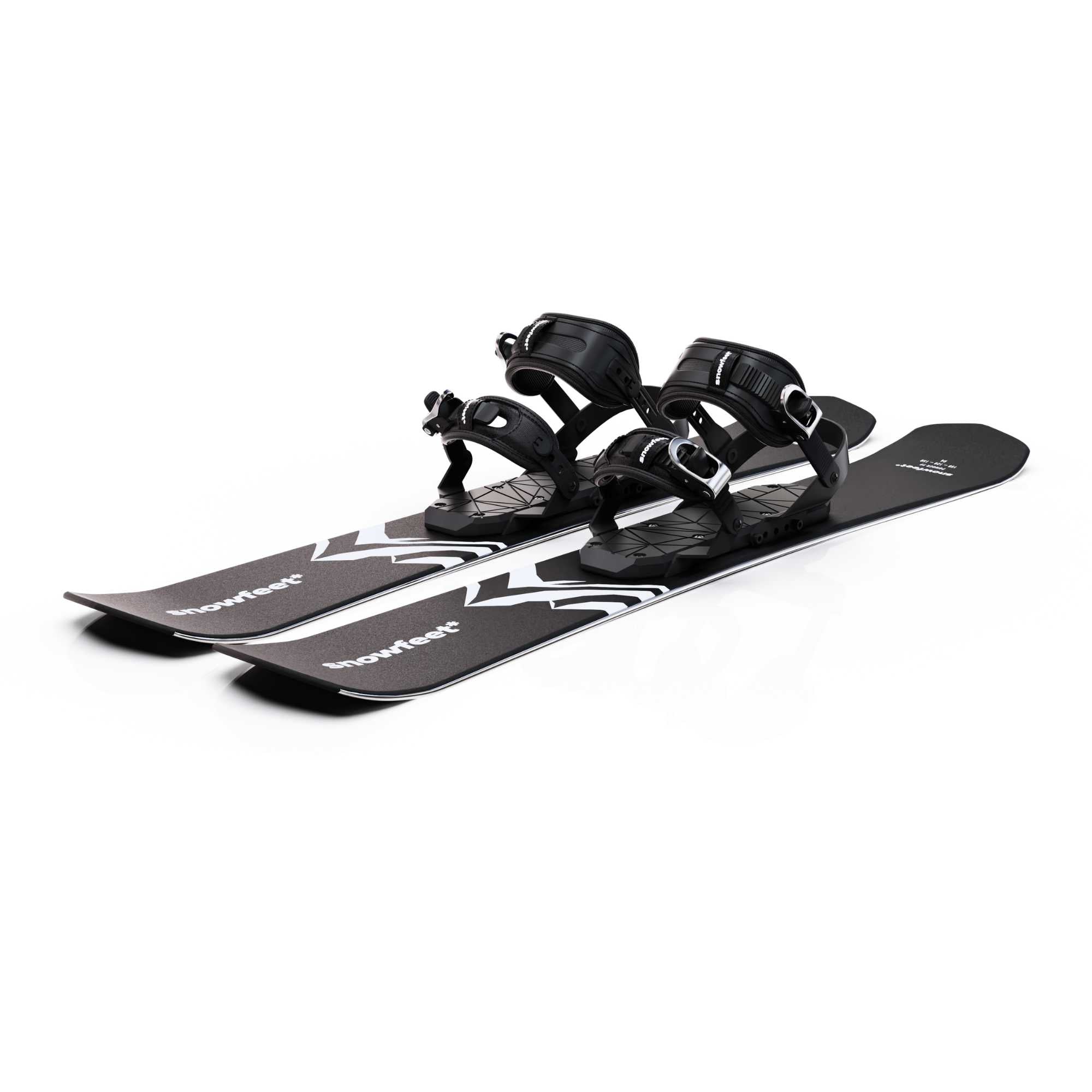
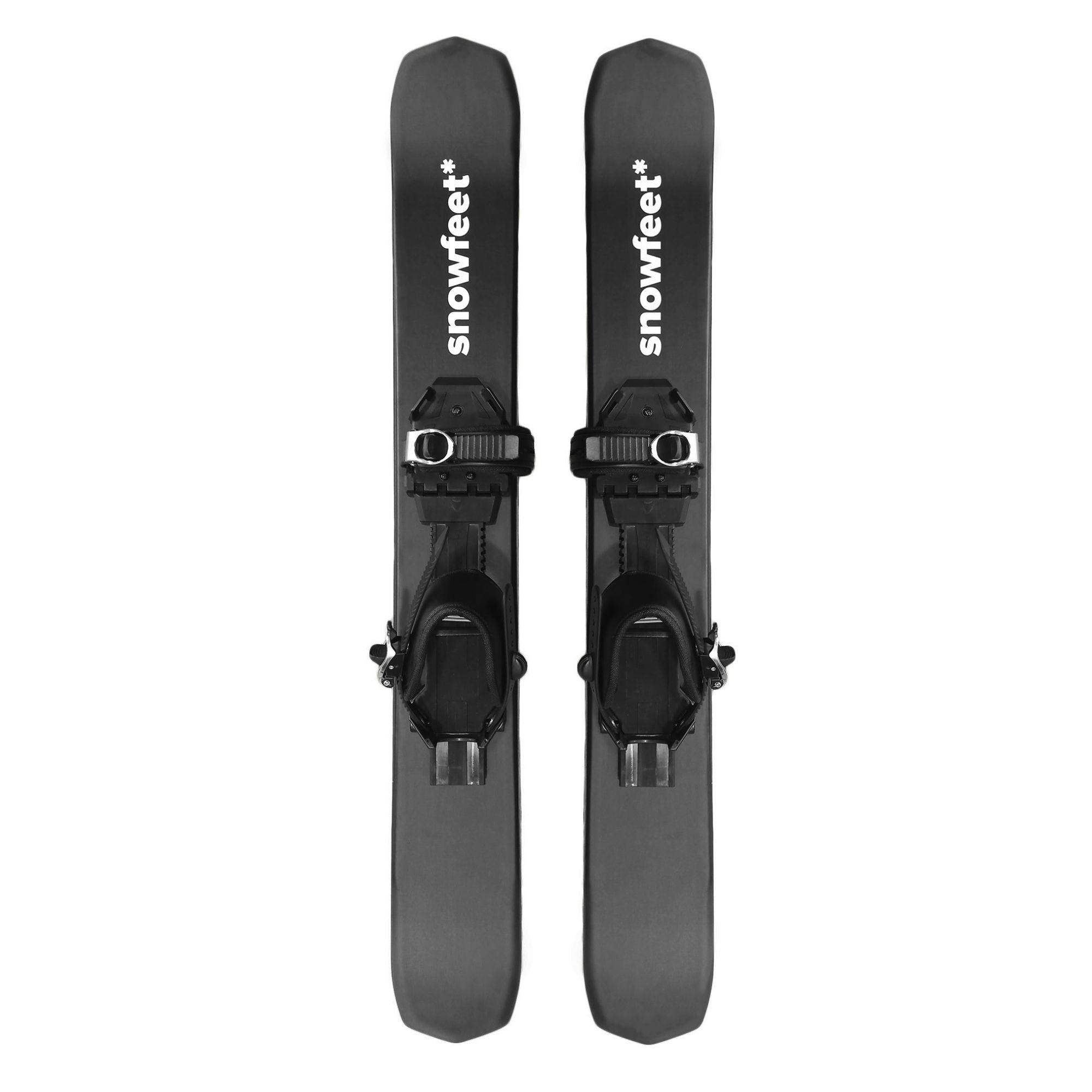
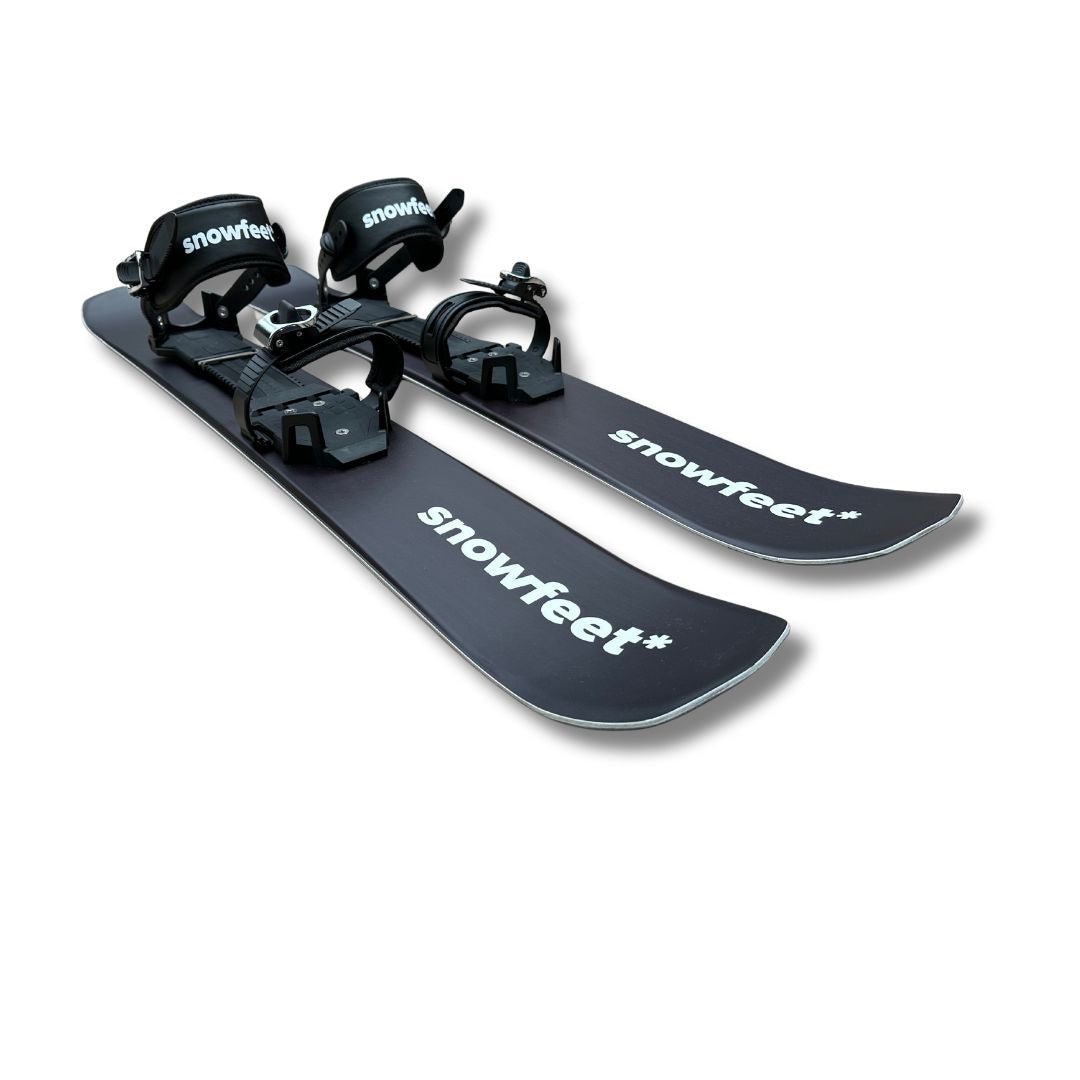
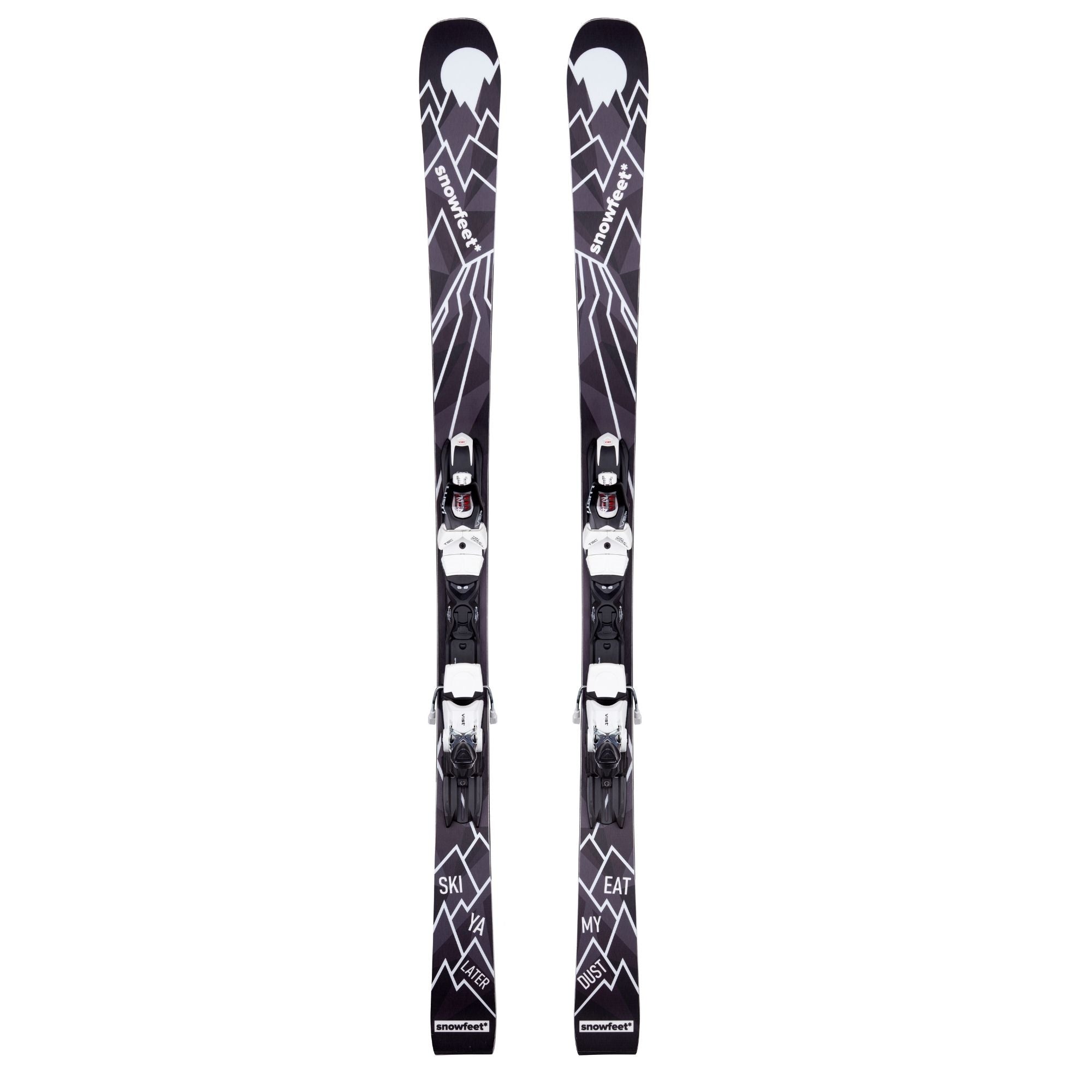
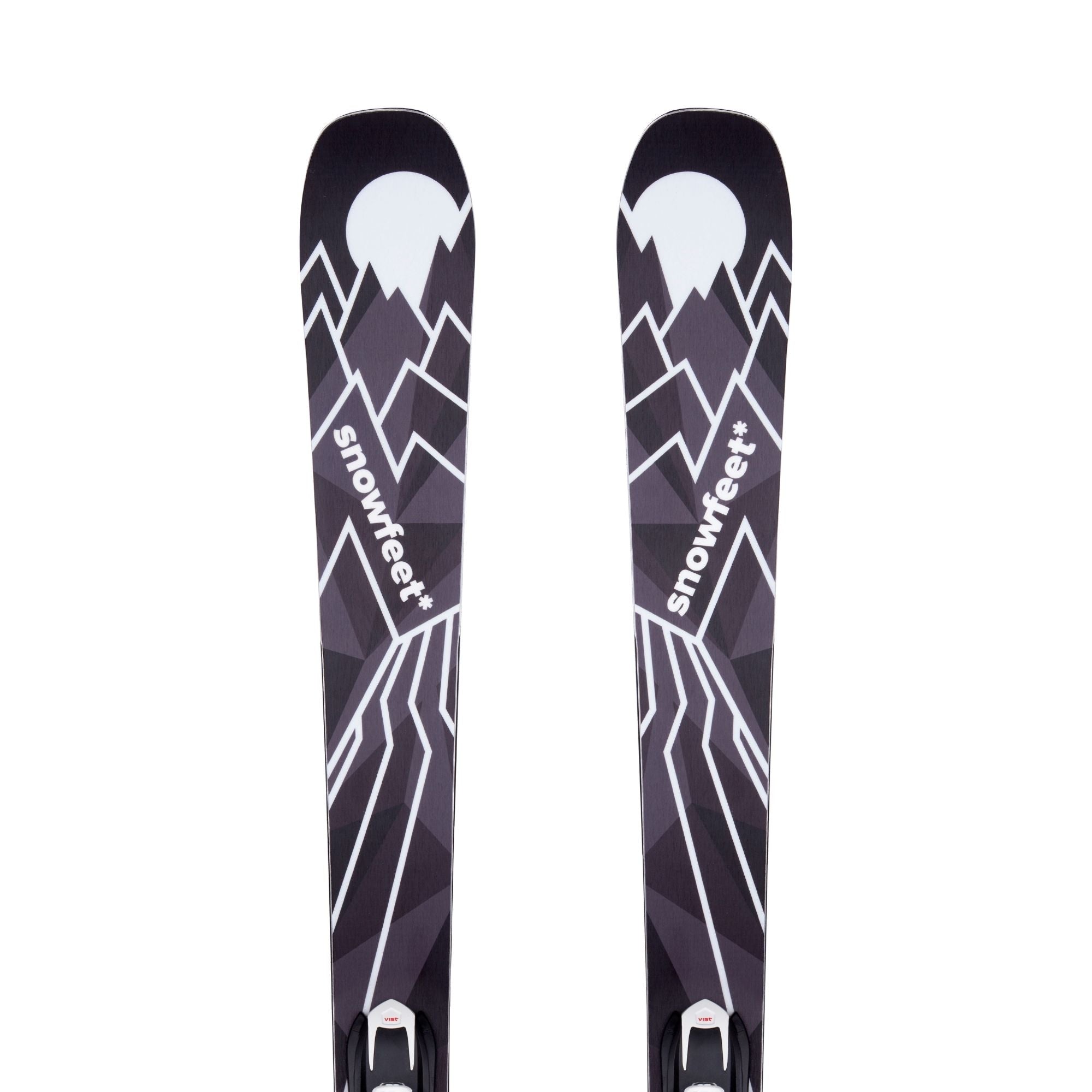
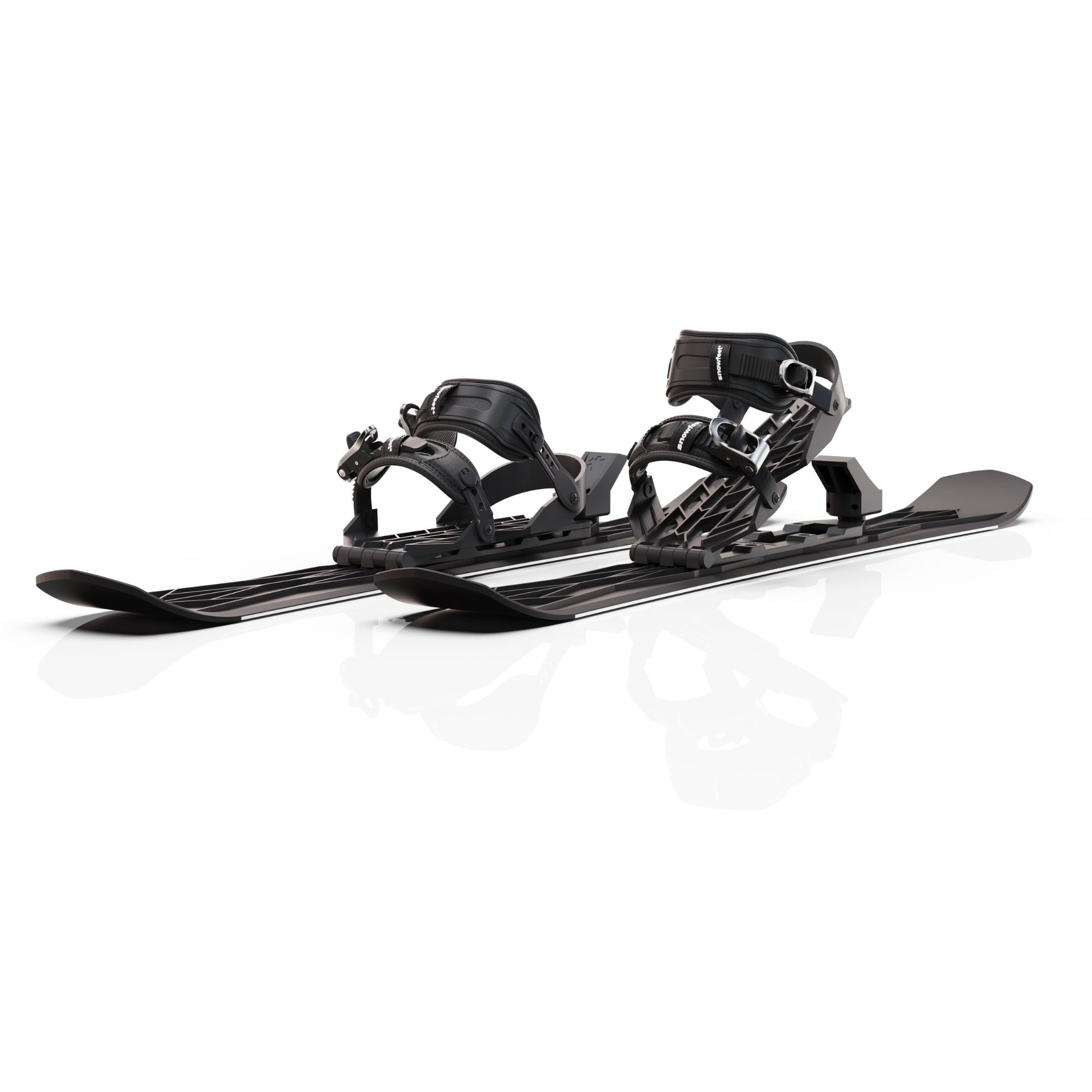

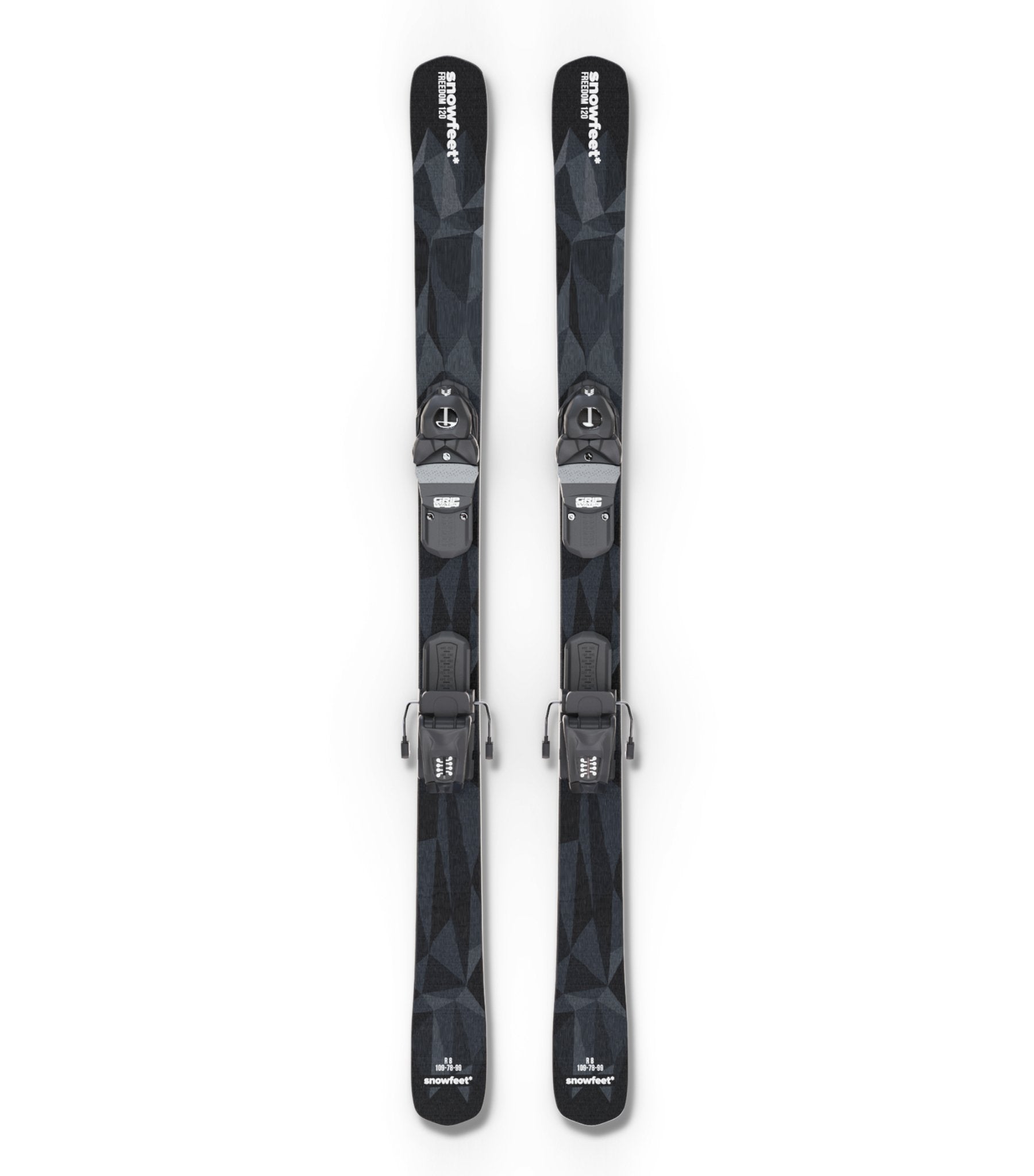
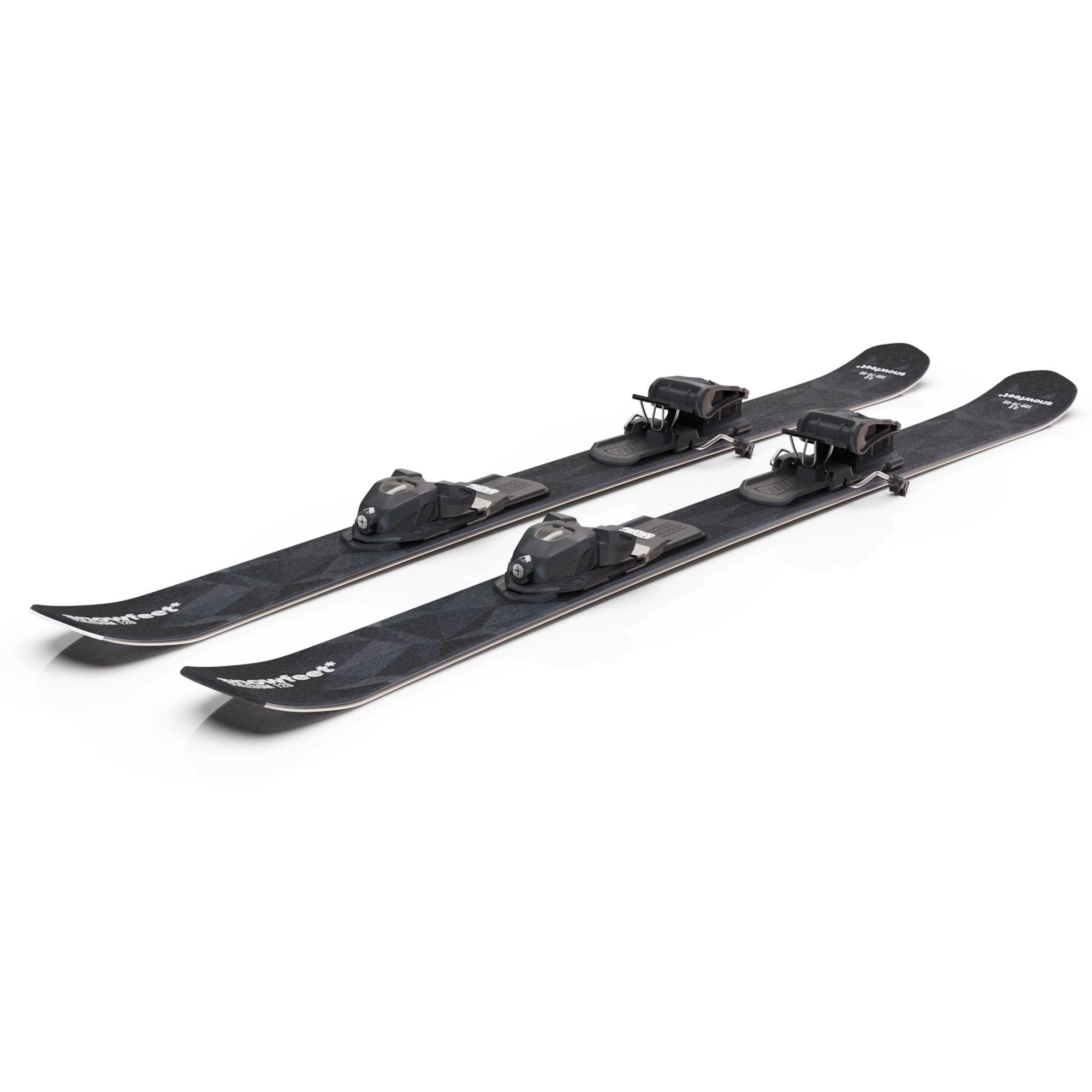
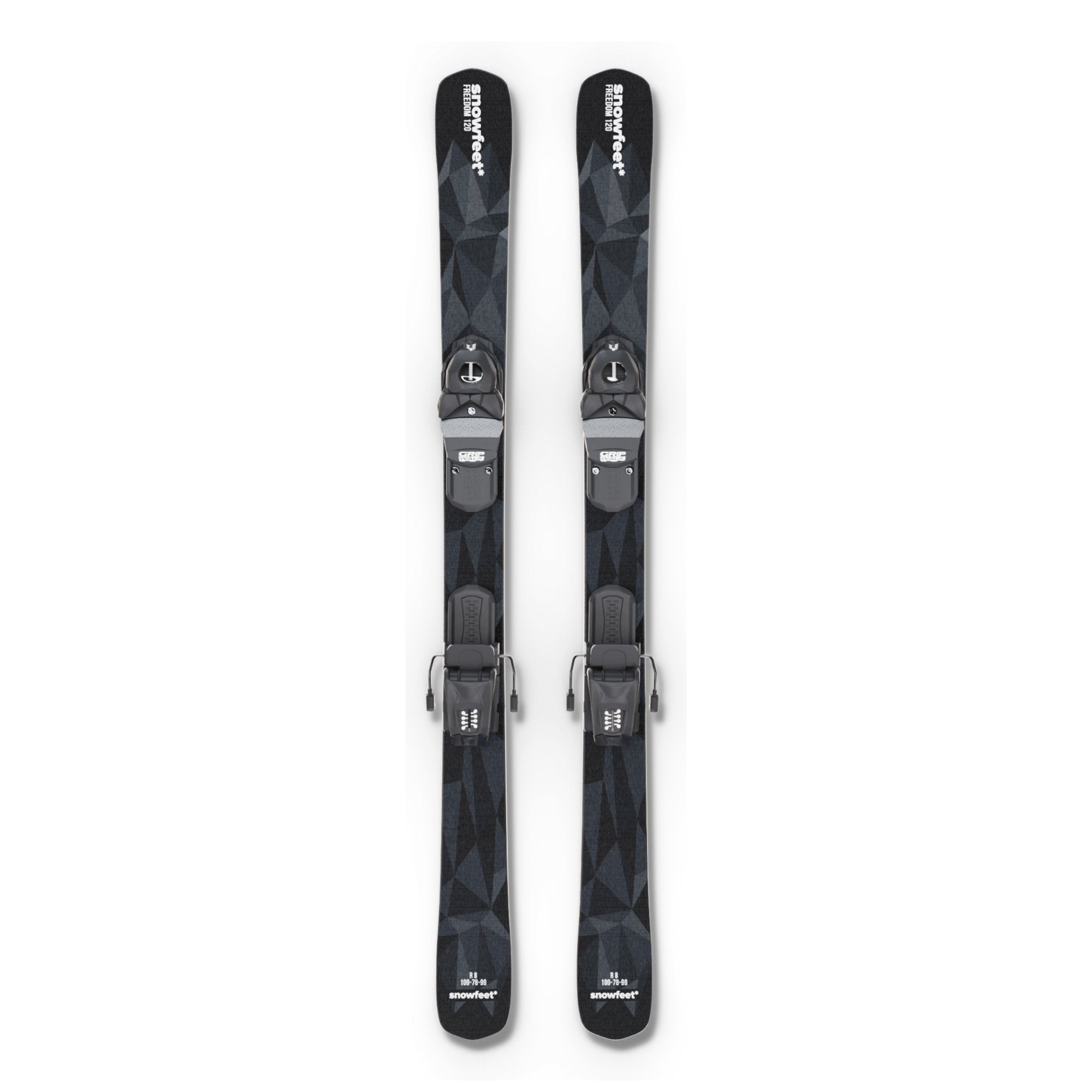
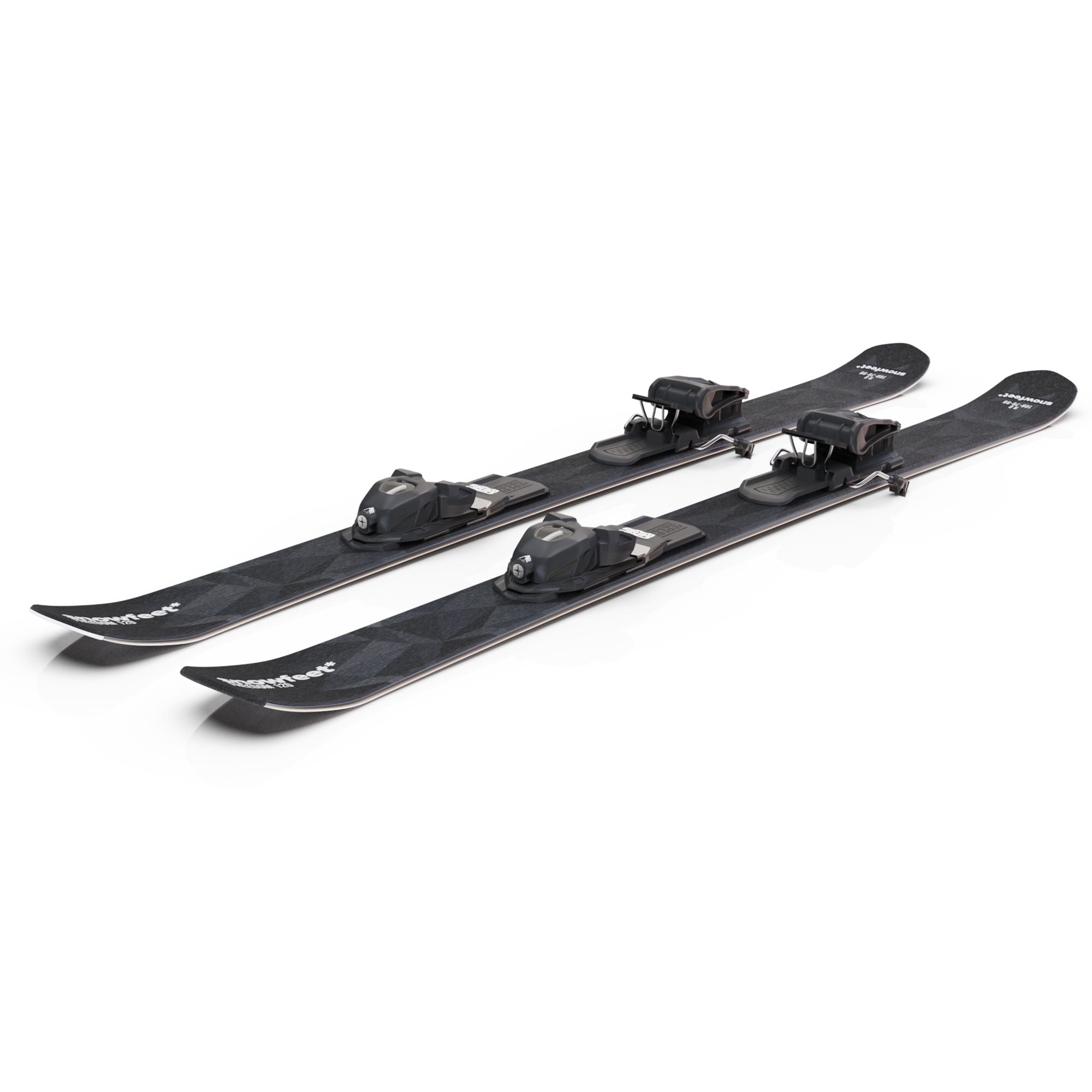
Napsat komentář
Tento web je chráněn službou hCaptcha a vztahují se na něj Zásady ochrany osobních údajů a Podmínky služby společnosti hCaptcha.